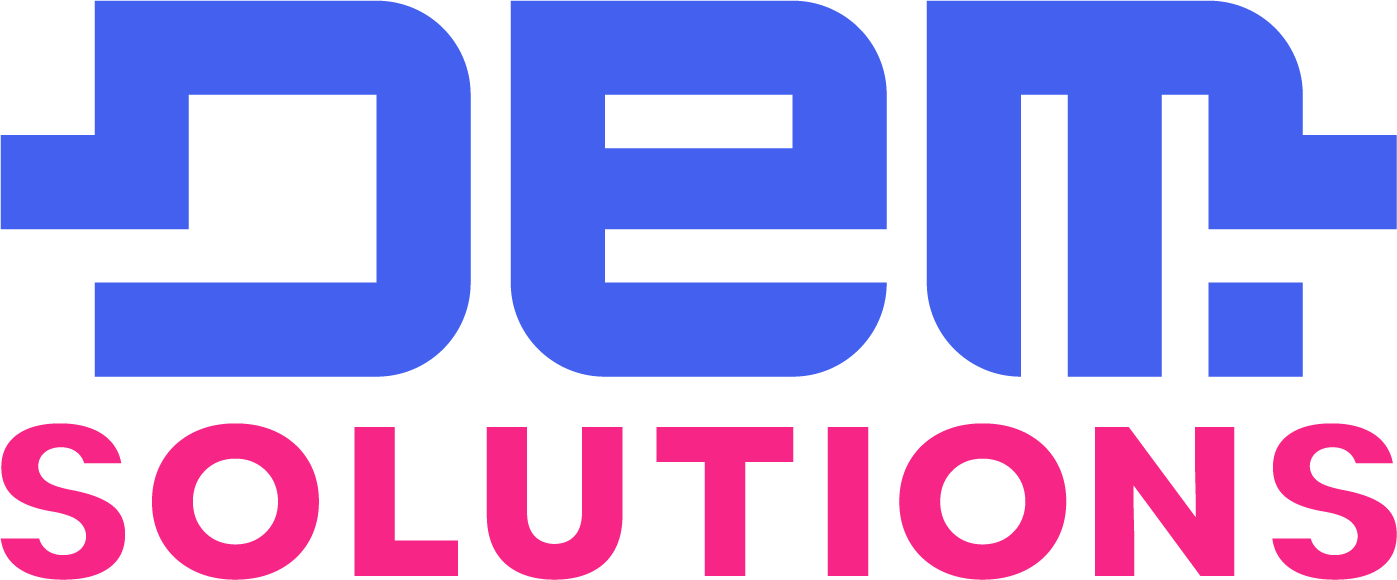The Internet of Things (IoT) is revolutionizing urban living through the concept of smart cities. By connecting various devices, sensors, and systems, IoT is enabling cities to become more efficient, sustainable, and livable. This article explores how IoT is transforming urban environments, the key applications of this technology in smart cities, and the challenges and opportunities that lie ahead.
Understanding IoT in the Context of Smart Cities
IoT in smart cities involves the integration of various technologies:
- Sensors and devices collecting real-time data
- Communication networks transmitting this data
- Data analytics and artificial intelligence processing information
- Actuators and systems responding to insights
This ecosystem allows cities to monitor, analyze, and manage urban assets and services more effectively.
Key Applications of IoT in Smart Cities
Smart Transportation
IoT is revolutionizing urban mobility:
- Traffic management systems using real-time data to optimize traffic flow
- Smart parking solutions guiding drivers to available spaces
- Public transportation optimization based on ridership patterns
- Vehicle-to-infrastructure communication for improved safety and efficiency
Energy Management
IoT is crucial for creating sustainable urban environments:
- Smart grids balancing energy supply and demand in real-time
- Intelligent street lighting adjusting based on ambient conditions and presence
- Building energy management systems optimizing consumption
- Integration of renewable energy sources into the urban power grid
Waste Management
IoT is transforming how cities handle waste:
- Smart bins with fill-level sensors optimizing collection routes
- Automated waste sorting systems for improved recycling
- Real-time monitoring of waste processing facilities
- Pay-as-you-throw systems encouraging waste reduction
Water Management
IoT helps conserve and manage water resources:
- Leak detection systems minimizing water loss
- Smart metering for accurate consumption monitoring
- Water quality sensors ensuring safe drinking water
- Flood prediction and management systems
Public Safety and Security
IoT enhances urban safety measures:
- Smart surveillance systems with AI-powered analytics
- Emergency response optimization using real-time data
- Gunshot detection systems for rapid police response
- Environmental sensors monitoring air quality and pollution levels
Citizen Engagement
IoT facilitates better communication between cities and residents:
- Mobile apps providing real-time information on city services
- Citizen feedback systems for reporting issues and suggesting improvements
- Digital kiosks offering information and services in public spaces
- Smart home integration with city systems for personalized services
Benefits of IoT in Smart Cities
The implementation of IoT in urban environments offers numerous advantages:
Improved Efficiency
- Optimization of resource allocation and utilization
- Reduction in operational costs for city services
Enhanced Quality of Life
- Improved urban services and convenience for citizens
- Reduced traffic congestion and commute times
Environmental Sustainability
- Reduced energy consumption and carbon emissions
- More effective waste management and recycling
Economic Growth
- Creation of new business opportunities and jobs in the tech sector
- Increased attractiveness for businesses and talent
Data-Driven Decision Making
- Real-time insights for urban planners and policymakers
- Proactive maintenance of urban infrastructure
Challenges and Considerations
Despite its potential, implementing IoT in smart cities faces several challenges:
Privacy and Security Concerns
- Ensuring the protection of citizens’ personal data
- Safeguarding critical infrastructure from cyber attacks
Interoperability Issues
- Integrating diverse IoT systems and devices from different vendors
- Developing standards for data exchange and communication
Infrastructure Requirements
- Upgrading existing urban infrastructure to support IoT technologies
- Ensuring reliable and widespread connectivity, including 5G networks
Digital Divide
- Addressing disparities in access to smart city services
- Ensuring inclusivity in the design and implementation of IoT solutions
Funding and ROI
- Securing investment for large-scale IoT implementations
- Demonstrating tangible returns on smart city investments
The Future of IoT in Smart Cities
As technology evolves, several trends are likely to shape the future of IoT in urban environments:
AI and Machine Learning Integration
- Advanced predictive analytics for urban planning and management
- Autonomous systems for more efficient city operations
Edge Computing
- Processing data closer to the source for faster response times
- Reducing bandwidth requirements and enhancing privacy
5G and Beyond
- Ultra-fast, low-latency networks enabling new IoT applications
- Massive IoT deployments with millions of connected devices
Digital Twins
- Creating virtual replicas of cities for simulation and optimization
- Enhancing urban planning and disaster response strategies
Citizen-Centric Design
- Increasing focus on user experience and citizen engagement
- Personalization of smart city services based on individual needs
The Internet of Things is playing a pivotal role in the development of smart cities, offering unprecedented opportunities to enhance urban living. By connecting various aspects of city infrastructure and services, IoT is enabling more efficient, sustainable, and responsive urban environments.
While challenges remain, particularly in areas of privacy, security, and inclusivity, the potential benefits of IoT in smart cities are immense. As technology continues to evolve and cities become more adept at leveraging data and connectivity, we can expect to see even more innovative applications of IoT in urban settings.
The success of smart cities will ultimately depend on collaboration between government bodies, technology providers, and citizens. By working together to address challenges and harness the power of IoT, cities can create more livable, efficient, and sustainable urban environments for future generations.
As we move forward, the integration of IoT in smart cities will likely become not just a luxury but a necessity for urban areas looking to thrive in an increasingly connected and data-driven world. The cities that successfully implement these technologies will be better positioned to meet the complex challenges of urban growth, climate change, and evolving citizen expectations.


